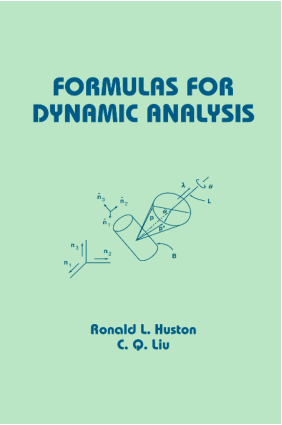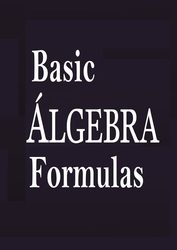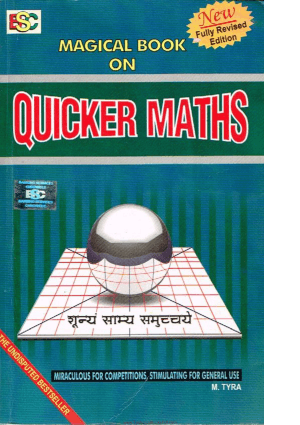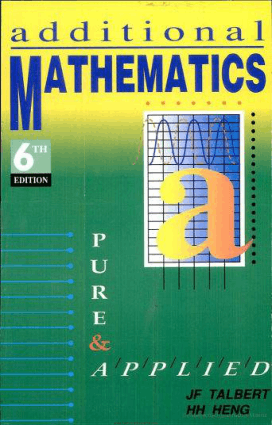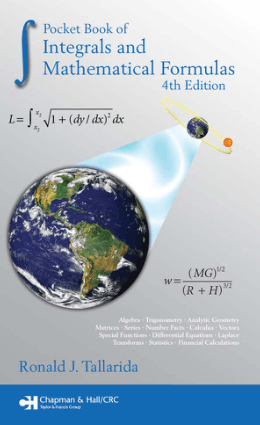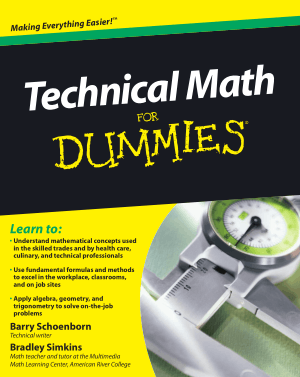Tag: Algebra PDF Books
Basic Algebra Formulas
Algebra Identities Difference of Squares a2 – b2 = (a-b)(a+b) Difference of Cubes a3 – b3 = (a – b)(a2+ ab + b2) Sum of Cubes a3 + b3 = (a + b)(a2 – ab + b2) Special Algebra Expansions Formula for (a+b)2 and (a-b)2 (a + b)2 = a2 + 2ab + b2 (a – b)2 = a2 – 2ab +b2 Formula for (a+b)3 and (a-b)3 (a + b)3 = a3 + 3a2b + 3ab2 + b3 (a – b)3 = a3 – 3a2b + 3ab2 – b3 Roots of Quadratic Equation Formula Consider this quadratic equation: ax2 + bx + c = 0 Where a, b and c are the leading coefficients. The…
Quicker Maths By M Tyra
Additional Mathematics 6th Edition
Introduction This sixth edition of Additional Maths: Pure and Applied, has been completely revised and updated. It covers the Cambridge Additional Mathematics syllabus in the Pure Mathematics and Particle Mechanics sections. In this new edition, the authors have included additional sections to make for a more comprehensive coverage of topics; more exercise and revision questions; additional/replacement examples/figures to complement the modified text. As in previous editions, the treatment is straightforward to allow rapid progress in grasping the techniques, with sufficient exercises for practice. The topics have been taken largely in…
Pocket Book of Integrals and Mathematical Formulas 4th Edition By Ronald J. Tallarida
Introduction Convenient Organization of Essential Material so You Can Look up Formulas Fast Containing a careful selection of standard and timely topics, the Pocket Book of Integrals and Mathematical Formulas, Fourth Edition presents many numerical and statistical tables, scores of worked examples, and the most useful mathematical formulas for engineering and scientific applications. This fourth edition of a bestseller provides even more comprehensive coverage with the inclusion of several additional topics, all while maintaining its accessible, clear style and handy size. New to the Fourth Edition • An expanded chapter on series that…
Scientific Notation
Scientific notation is a convenient way to deal with very large or very small numbers. It provides an easier way to write numbers and make multiplication and division of very large or very small numbers a lot easier. A number is in this format if we can write it as: a × 10n with 1 ≤ a < 10 and n is an integer. 1 ≤ a < 10 means that a is a number between 1 and 10 Thus, a can be 1,2,3,4,5,6,7,8, and 9 Let’s start with something…
